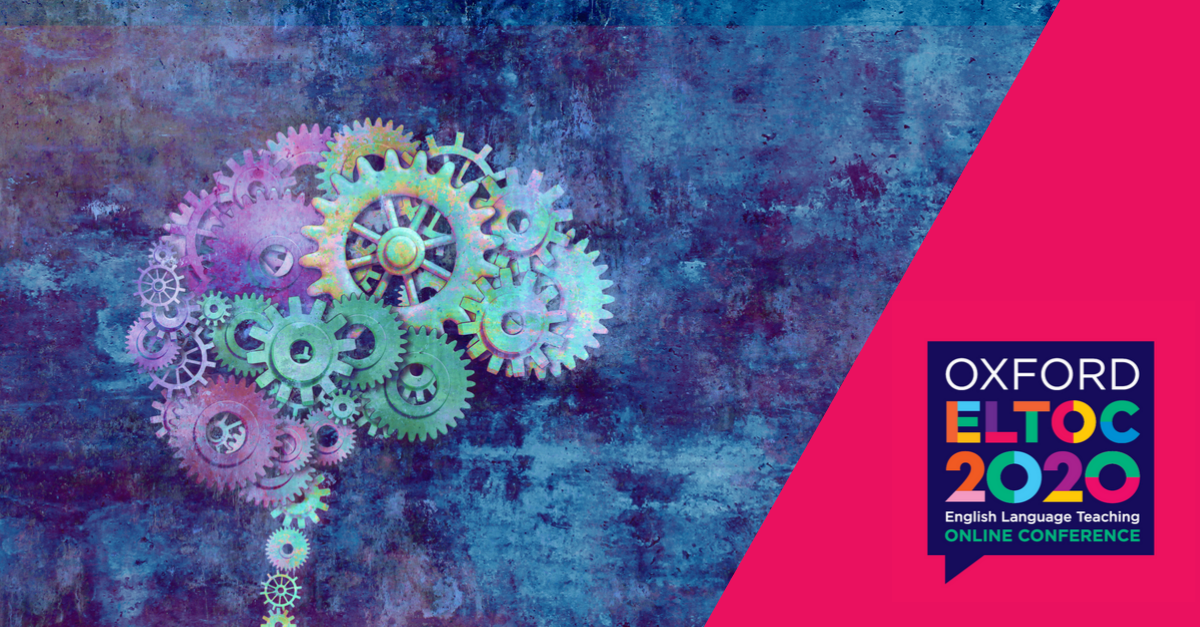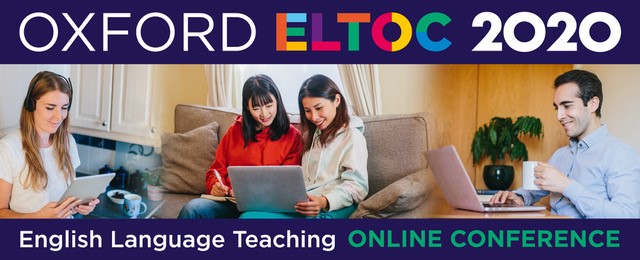 In the simplest sense, global skills can be thought of as the skills which are essential to being a life-long learner and to be successful in the rapidly changing and unpredictable world of the 21st century. As teachers, we need to equip students for situations and jobs which do not currently exist and which we cannot confidently predict.
In the simplest sense, global skills can be thought of as the skills which are essential to being a life-long learner and to be successful in the rapidly changing and unpredictable world of the 21st century. As teachers, we need to equip students for situations and jobs which do not currently exist and which we cannot confidently predict.
Global skills are not restricted to any particular subject on the curriculum but are transferable across all subjects and to life beyond school.
Global skills can be grouped into five clusters, all of which are relevant to the ELT context.
- communication and collaboration
- creativity and critical thinking
- intercultural competence and citizenship
- emotional self-regulation and wellbeing
- digital literacies.
While most teachers would be convinced that it is the responsibility of the teacher to develop global skills in their institutions, it is not always easy to see how this can be done when time is already limited. If we are to take on this challenge, we need ways to incorporate global skills into the classroom without creating an extra workload for ourselves, or by eating into precious class time.
Below are three such suggestions of how we might develop global skills.
- Think-pair-share
In a traditional classroom, the teacher will get students to work individually (think) on an activity and then check (share) the answers with the whole class. In the think-pair-share model, the same process is followed but before the final checking stage, the teacher asks students to compare their answers in pairs (pair). This stage might only take 15 to 30 seconds in total but the benefits are huge because it leads to communication, collaboration, critical thinking, and students increased confidence and motivation.
- Comparing to one’s own culture
Many ELT coursebooks have cultural content or specific cultural sections. The teacher can engage students in this by asking them to say the similarities and differences to the students’ own context from what is stated in the coursebook. This is feasible even if students have a low language level. For example, if the lesson is about what a person from a particular country has for breakfast, the teacher could list the items of food on the board and then ask students to say which ones are similar or different to what they would have for breakfast. The teacher could supply the English equivalents for the local food items. This could then be followed up by students using both lists to create their ideal breakfast.
- The option of writing or video recording
When asking for a piece of work that might typically be in written form, such as a book report, summary, the final product of a project, etc., teachers can give the option of doing it as a video recording. This pushes students to work on most of the five clusters mentioned above. It also has the added advantage of allowing the dyslexic students to flourish without having to worry about people criticizing their spelling and handwriting or having to deliberately choose simple vocabulary because having to find the spelling of the words they would like to use is too time-consuming. Many students will actually work more on producing a video than a piece of written work, especially if they know this will be shared and evaluated by fellow students.
Philip spoke further on this topic at ELTOC 2020. Stay tuned to our Facebook and Twitter pages for more information about upcoming professional development events from Oxford University Press.
You can catch-up on past Professional Development events using our webinar library.
These resources are available via the Oxford Teacher’s Club.
Not a member? Registering is quick and easy to do, and it gives you access to a wealth of teaching resources.
Philip Haines moved to Mexico from England in 1995 and currently works as the Senior Academic Consultant for Oxford University Press Mexico. He has spoken internationally in three continents and nationally in every state in Mexico. Philip is the author/co-author of several ELT series published in Mexico.


